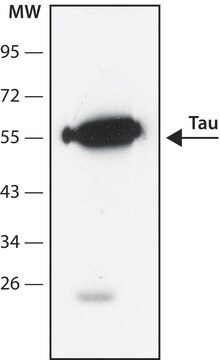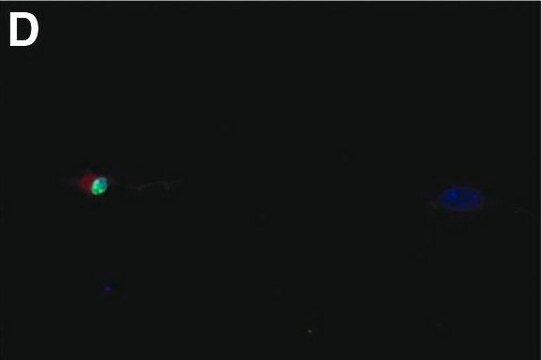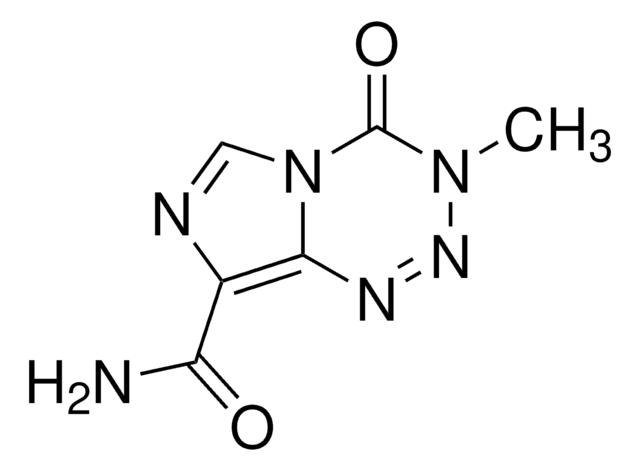T5530
Monoclonal Anti-τ (Tau) antibody produced in mouse
clone TAU-2, ascites fluid
About This Item
Recommended Products
biological source
mouse
Quality Level
conjugate
unconjugated
antibody form
ascites fluid
antibody product type
primary antibodies
clone
TAU-2, monoclonal
mol wt
antigen 55-62 kDa
contains
15 mM sodium azide
species reactivity
monkey, bovine, chicken, human
technique(s)
immunohistochemistry (formalin-fixed, paraffin-embedded sections): suitable
microarray: suitable
western blot: 1:1,000 using a fresh total bovine brain extract or an enriched microtubule protein preparation
isotype
IgG1
UniProt accession no.
shipped in
dry ice
storage temp.
−20°C
target post-translational modification
unmodified
Gene Information
human ... MAPT(4137)
General description
Immunogen
Application
- in immunohistology
- in immunoblotting
- in dot blot
- in immunohistochemistry
Biochem/physiol Actions
Disclaimer
Not finding the right product?
Try our Product Selector Tool.
Storage Class Code
10 - Combustible liquids
WGK
WGK 3
Flash Point(F)
Not applicable
Flash Point(C)
Not applicable
Certificates of Analysis (COA)
Search for Certificates of Analysis (COA) by entering the products Lot/Batch Number. Lot and Batch Numbers can be found on a product’s label following the words ‘Lot’ or ‘Batch’.
Already Own This Product?
Find documentation for the products that you have recently purchased in the Document Library.
Articles
Alzheimer's disease (AD) is the most common cause of dementia in the elderly and is characterized by gradual loss of cognitive functions.
Our team of scientists has experience in all areas of research including Life Science, Material Science, Chemical Synthesis, Chromatography, Analytical and many others.
Contact Technical Service







